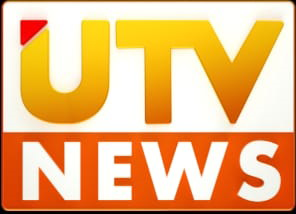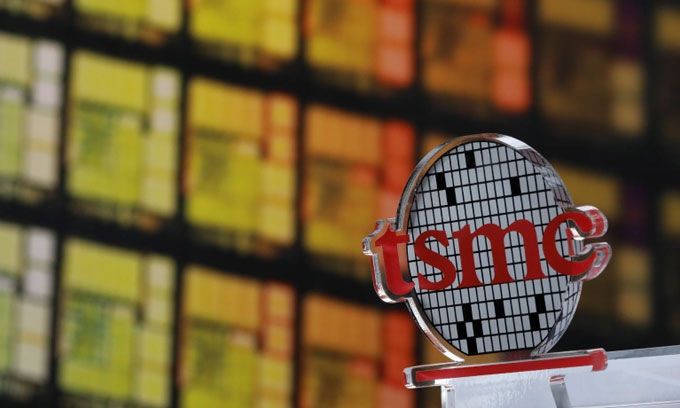(UTV | TAIWAN) – As war in Eastern Europe shakes global markets, chipmakers appear confident the already-stretched industry can sustain interruptions from the conflict.
Despite concerns over shocks to the supply of material inputs – mainly neon gas and palladium – firms in East Asia and North America are showing the capacity to adapt. Many semiconductor manufacturers, which provide critical components for electronic devices used in countless industries, anticipated disruptions and are minimizing the effects either through stockpiling, process innovation, or sourcing from new suppliers.
A lack of exposure to the Russian market is also sheltering the industry from a sudden hit to revenue, though the conflict is expected to damage the long-term growth prospects for what had been a promising upper middle-income market.
The fog of war clouds what other knock-on effects may lurk around the corner. Yet, after operating in a climate of high uncertainty amid trade wars and pandemics in recent years, chipmakers have learned to expect the unexpected and plan accordingly. The war in Ukraine could be the next step in building the industry’s resilience to crises.
Research firm Techcet raised the alarm in early February with a report highlighting key materials obtained from Ukraine and Russia – including C4F6, palladium, helium, and, chief among them, neon gas, of which the United States imports 90 percent from Ukraine. The following week Joe Pasetti, VP at SEMI, a semiconductor suppliers group, sent an email to its members warning its members to review supply chains and make preparations where they were most vulnerable.
But as hostilities broke out, the industry’s big players, including SK Hynix, United Microelectronics, Global Foundries, ASE, Intel, and Micron, each made statements assuring investors they could handle the risk.
“The industry learned its lessons in 2014,” Sravan Kundojjala, an analyst at Strategy Analytics told, referring to Russia’s takeover of Crimea which triggered a 600 percent spike in neon gas prices.
The disruption, Kundojjala said, led Dutch firm ASML to dramatically reduce the amount of neon gas needed in their industry-standard DUV lithography machines by between 30 and 50 percent.
“The reliance on Russia and Ukraine for materials has lessened over the years since,” Mario Morales, an analyst at market research firm IDC, told.
“However, existing supply constraints and recent disruptions on logistics and transport keep the supply chain on alert,” Morales added, noting power management ICs (PMICs) and other analog and mixed-signal chips will have less tolerance to supply chain shocks.
Jeff Ferry, chief economist at the Coalition for a Prosperous America and former industry exec, stressed the importance of further supply diversification, saying mining alternative sources for materials is more viable than reengineering processes that semiconductor suppliers like ASML use.
Indeed, diversification has helped. ASML said last week that it now sources less than 20 percent of neon gas from Russia and Ukraine. Micron also is reworking its supplies.
Taiwanese firms seem to be pivoting too.
“Russian and Ukraine are not the only sources of key materials for Taiwanese companies, which also procure from other sources such as China,” Joanne Chiao, an analyst at Taipei-based Trend Force, told.
Chiao said Taiwanese firms are generally carrying a safe level of inventory as a backup measure. South Korea’s SK Hynix has also stockpiled in preparation.
Beyond material security, chipmakers are also looking to manage their exposure to Russian markets.

